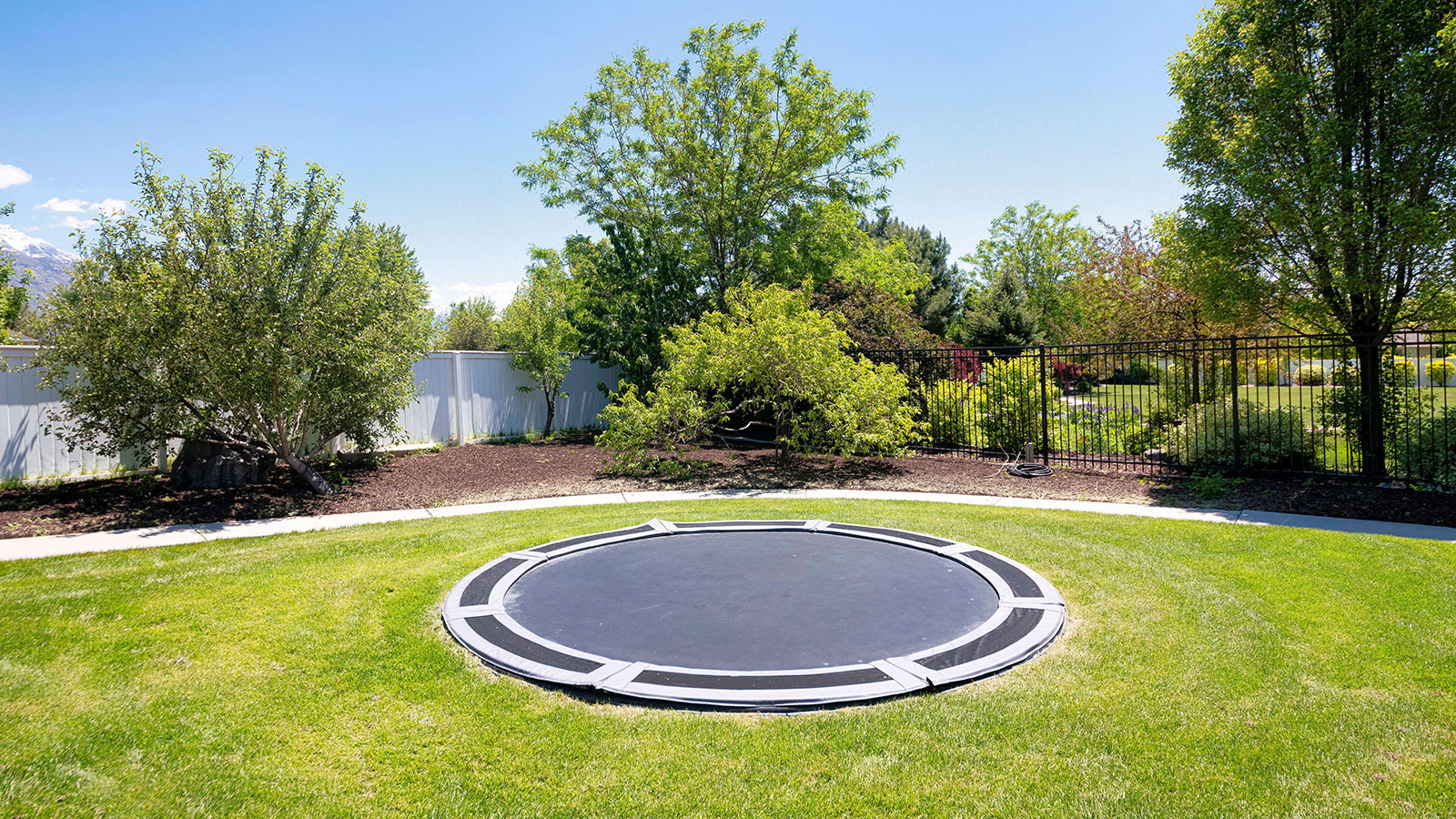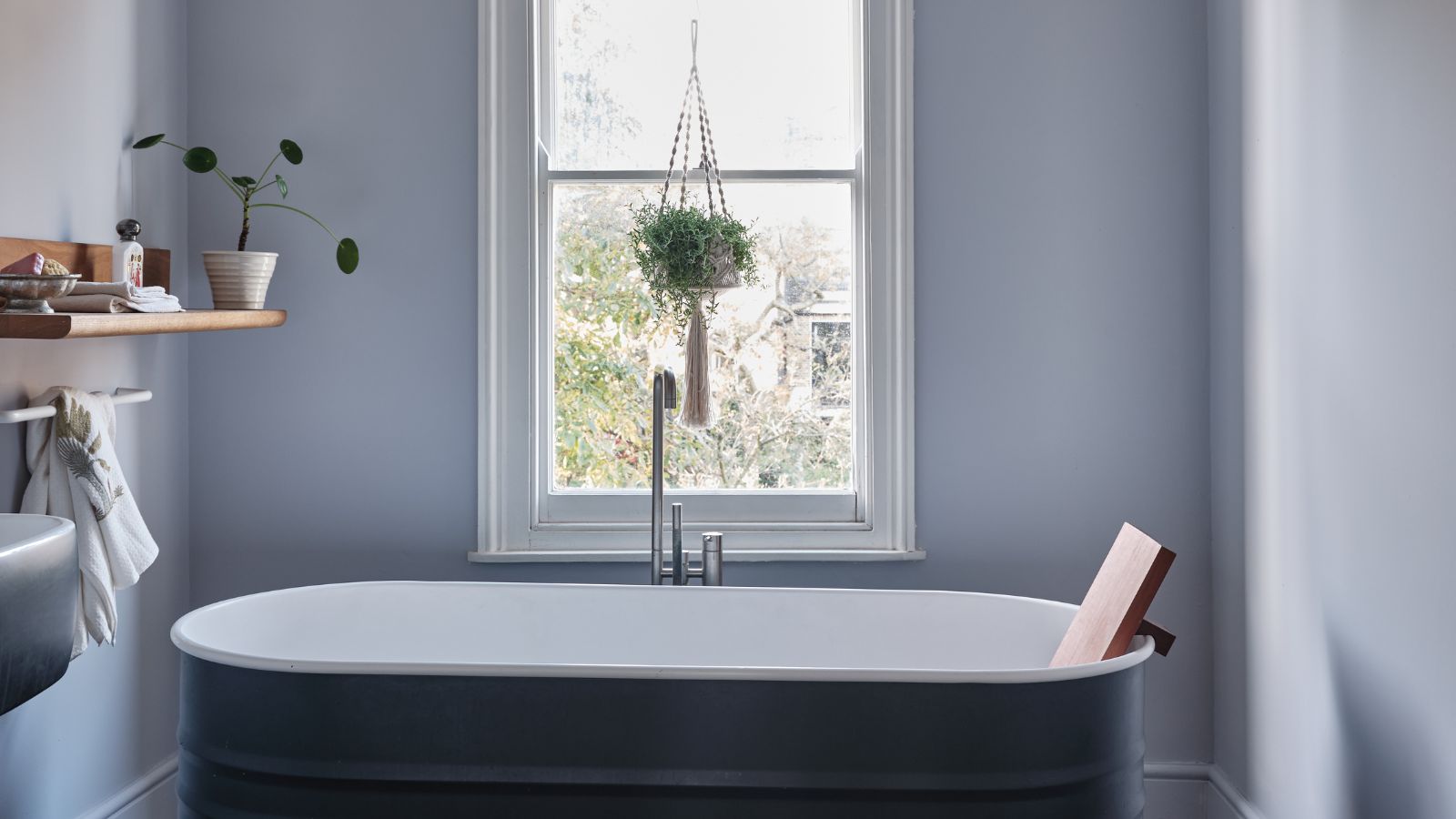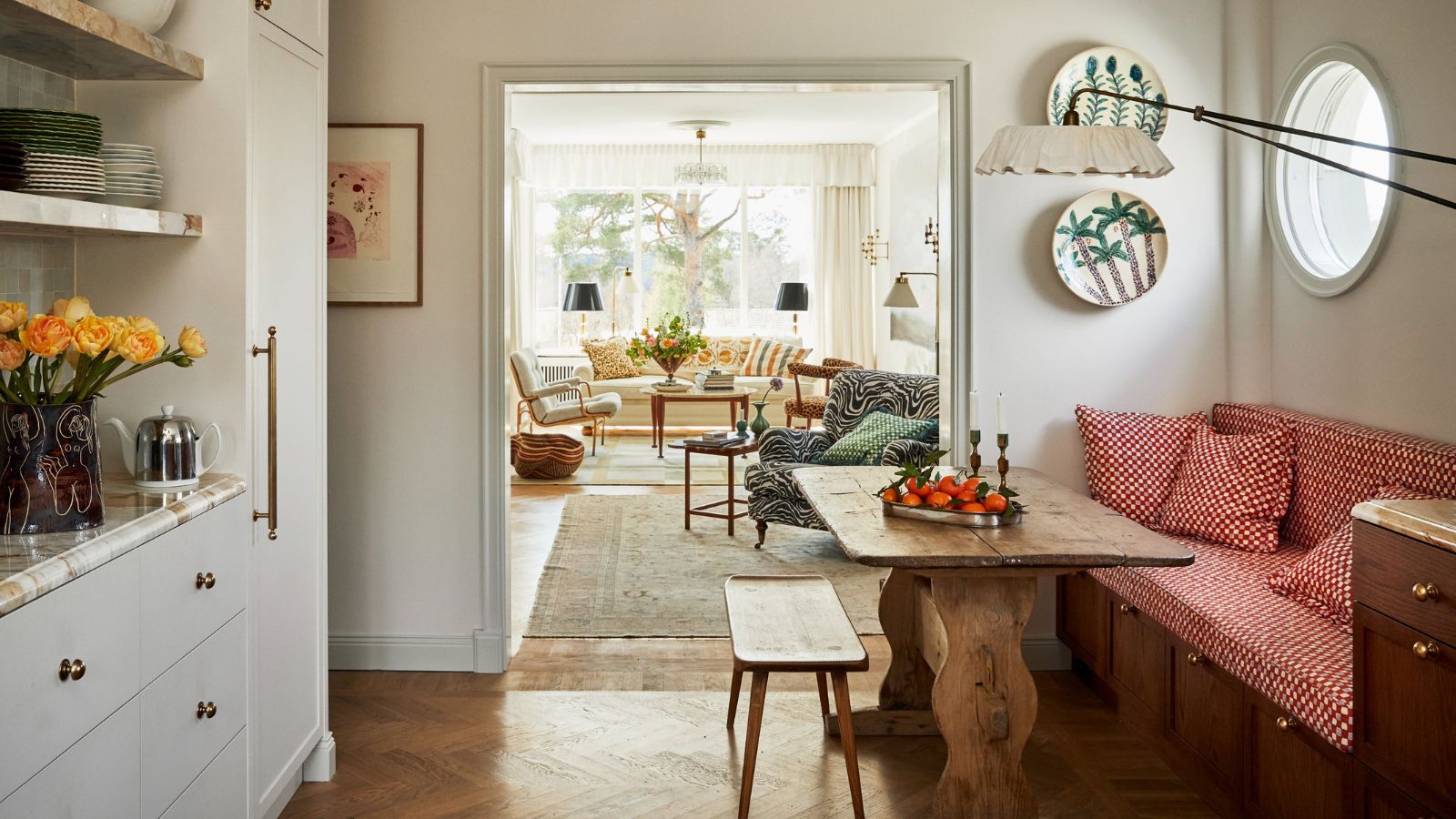Are in-ground trampolines safe? Get in the know with our expert guide
Discover the safety benefits of in-ground trampolines – the built-in alternative for backyard bouncing


If you’re considering an in-ground trampoline for the first time, one of the issues you’ll want to get in the know about is their safety so you can be sure one of these is the right choice for your kids to bounce on.
An in-ground trampoline is a great alternative to an above-ground trampoline for a backyard playground so that kids can have fun and stay healthy expending their energy outside. To use an in-ground trampoline they don’t have to climb up a ladder and aren’t bouncing at a raised height from the lawn below.
Here, we’ve put together a guide to answer your questions about in-ground trampoline safety so you can decide if one of these is the best option for your yard.
In-ground trampolines and safety
In choosing between an in-ground trampoline and an above-ground version for your backyard, you’re comparing a design that’s at the same level as the area where it’s installed with one that’s raised above the ground.
Intuition might suggest that the the in-ground version has a safety advantage because it’s not at height, but our guide has the expert guidance for you to be confident about the safety of an in-ground trampoline.
What is an in-ground trampoline?
An in-ground trampoline is a built-in trampoline. Instead of being raised up on legs, an in-ground design is set into a pit dug into the yard. The trampoline mat is at ground level and the main structure is below ground level.
The design of an in-ground trampoline, such as the Capital Play in-ground trampoline from Amazon, means there’s no need for anyone to climb up a ladder to access it, nor for a safety enclosure (although you can include one if you want additional safety measures). If you prefer the idea of having an enclosure, the BERG Trampoline Champion Sport from Amazon can be purchased with or without the matching enclosure.

In-ground trampolines are designed to be fitted level with the surrounding ground
Safety benefits of in-ground trampolines
In-ground trampolines are considered to be safe a backyard idea for kids for many reasons. The factor you’d probably first think of is their height – or lack of it. ‘In-ground trampolines are installed flush with the ground, which means that the fall height is significantly reduced compared to above-ground trampolines,’ explains Matt Siegel of MaxAir Trampolines. ‘This reduces the risk of injury if someone falls off the trampoline.’
The fact that an in-ground trampoline isn’t raised up on legs brings a further safety advantage. ‘Above-ground trampolines can tip over if they’re not installed on a level surface, or if someone jumps too close to the edge,’ says Matt. ‘In-ground trampolines, on the other hand, are secured in place and are less likely to tip over.’
A further safety advantage of an in-ground trampoline is that it doesn’t need a safety enclosure. ‘Above-ground trampolines typically require safety enclosures to prevent jumpers from falling off,’ explains Matt. ‘While these enclosures can help to reduce the risk of injury, they can also pose a hazard if they’re not installed properly. In-ground trampolines don’t require safety enclosures, which eliminates this potential hazard.’
Increased safety also stems from the location and the structure of an in-ground trampoline. ‘In-ground trampolines are typically more durable than above-ground trampolines because they’re built into the ground,’ says Matt. ‘This means that they’re less likely to be damaged by wind, rain, or other environmental factors. Additionally, the frame of an in-ground trampoline is typically made of heavier-duty materials than an above-ground trampoline, which makes it less likely to bend or break and result in an accident or injury.’
Safety tips for in-ground trampolines
It is important to be aware that it is still possible for users to injure themselves when using an in-ground trampoline just as with an above-ground version and notwithstanding the fact that it is properly installed. While a fall won’t be from an equivalent height, it is still a fall. For safe use, bear these tips in mind:
- One person should use a trampoline at a time and kids must have adult supervision.
- Users need to avoid wearing clothes that could damage the trampoline bed, including those with buttons or rivets. Trampoline socks or shoes should be worn.
- Use the middle of the trampoline, and do not jump off it when leaving it.
- Do not sit on the safety padding.
- Do not run in the area around the trampoline.
FAQs
Are in-ground trampolines safer than above-ground trampolines?
As a rule, in-ground trampolines are considered to be the safer option when deciding between trampoline types.
This is because of the features inherent to the design: a fall won’t be from the same height as it would with an above-ground version; tipping over is less likely; the possibility of a poor safety enclosure installation isn’t a factor; it’s less exposed to bad weather and the damage that can come with it; and finally because a high quality in-ground trampoline offers good durability.
Do you need an enclosure with an in-ground trampoline?
You don’t need an enclosure with an in-ground trampoline. The reason? ‘There isn’t something to fall off of, or contain from falling off of the apparatus,’ says Matt Siegel of MaxAir Trampolines. A high quality in-ground trampoline design will have mats around its perimeter that provide protection in the case of falls, while it should be located at a distance from other obstacles in the yard in any case.
But while you don’t need to have an enclosure, be aware that it is an option for an in-ground trampoline, if you prefer. For example, you might want it while kids are younger, removing it when they’re older.
Do in-ground trampolines flood?
With proper installation, you can avoid the concern of flooding with an in-ground trampoline.
‘A proper pit-set foundation allows for adequate dispersion of water runoff or unexpected rain downpours,’ explains Matt Siegel of MaxAir Trampolines. ‘If drainage is still a concern, or you live near high-water tables or close to sea level, we recommend a sump pump with drainage pipe or a catch basin tied into existing stormwater resources such as a common yard or French drain. Note that those cases are rarely required.’
In addition to the many safety benefits, an in-ground trampoline can also be a more aesthetically pleasing choice for your backyard landscaping as it doesn’t block views across it.
Although in-ground designs are considered to be a safer option for a backyard trampoline, do remember that children should always be supervised when they are bouncing to minimize any injury risk.
Sign up to the Homes & Gardens newsletter
Design expertise in your inbox – from inspiring decorating ideas and beautiful celebrity homes to practical gardening advice and shopping round-ups.

Sarah is a freelance journalist and editor. Previously executive editor of Ideal Home, she’s specialized in interiors, property and gardens for over 20 years, and covers interior design, house design, gardens, and cleaning and organizing a home for Homes & Gardens. She’s written for websites, including Houzz, Channel 4’s flagship website, 4Homes, and Future’s T3; national newspapers, including The Guardian; and magazines including Future’s Country Homes & Interiors, Homebuilding & Renovating, Period Living, and Style at Home, as well as House Beautiful, Good Homes, Grand Designs, Homes & Antiques, LandLove and The English Home among others. It’s no big surprise that she likes to put what she writes about into practice, and is a serial house renovator.
-
 Bathroom colors going out of style in 2025 – and the designer-approved shades to decorate with instead
Bathroom colors going out of style in 2025 – and the designer-approved shades to decorate with insteadThese are the colors to swerve in your bathroom decor if you want to create a stylish and design-led space, according to experts
By Emily Moorman
-
 I swear by the ‘ETC’ method to prevent clutter and save money – my expert-backed checklist is transformative
I swear by the ‘ETC’ method to prevent clutter and save money – my expert-backed checklist is transformativeNow I Edit The Cart and save time, money, and energy
By Chiana Dickson